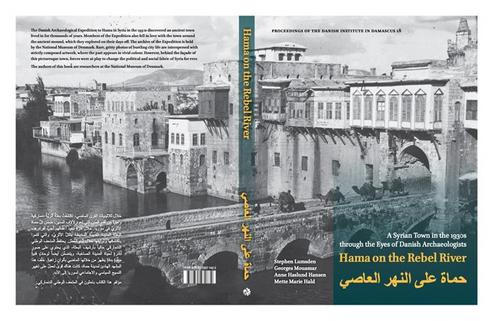Relics from daily life in Bronze Age Hama
In the research project Ordinary Lives in Extraordinary Times: A New View of the Earliest Urban Societies in Bronze Age Syria we investigate remnants from everyday life in Bronze Age (3rd millennium BC) Hama in Syria.
We investigate the many thousands of pots that were excavated in the city, and which can inform us on both their function and contents, but also their origin, which may throw new light on the trade connections in the Bronze Age. We look at the many pot marks scratched onto the surfaces of vessels, which may relate to aspects of production. Identification of plant remains and animal bones, as well as organic residues from the bottom of cooking pots and drinking vessels, tell us about ordinary meals and drinks. Finds of toys give us new information about children in the past, and analysis of pigments show us which colours were used on statues and other objects. 3D scans of figurines and fingerprint analysis on pots will help us understand, both how they were made, and whether they might have been produced by children or adults. AMS dating of organic remains will help us secure the chronology of the city.
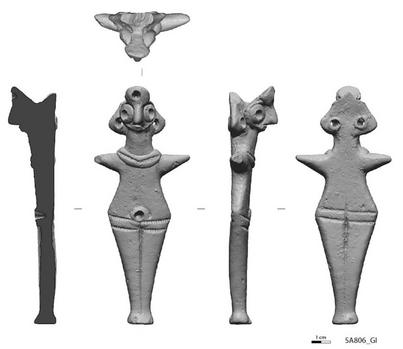
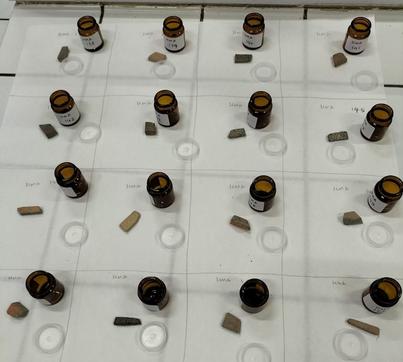
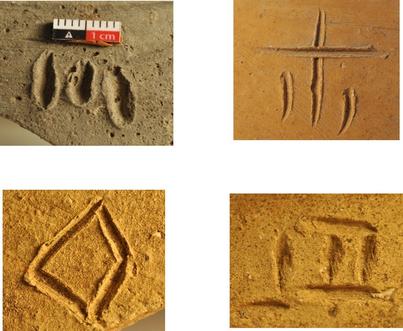
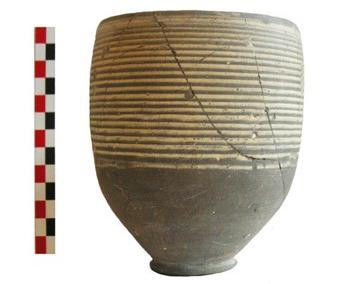
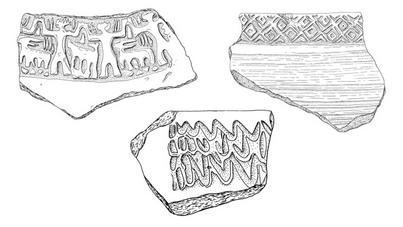
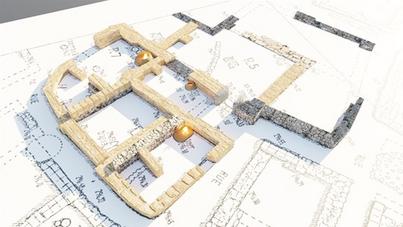
Participants:
Agnese Vacca, Statale University of Milan, Italy – GIS, stratigraphic reconstruction
Akiva Sanders, University of Chicago, USA – fingerprint analysis
Amaury Havé, Sorbonne Université, France – chemical analysis
Anders Pihl, National Museum – network analysis
Anne Hazel Brink, University of Southern Denmark – chemical analysis
Barbara Huber, Max Planck Institute, Jena, Germany - chemical analysis
Caroline Sauvage, Loyola Marymount University, USA – textile tool analysis
Filippo Trogi, Statale University of Milan, Italy – GIS, stratigraphic reconstruction
Freerk Oldenburg, Museum Vestsjælland - artist
Georges Mouamar, National Museum/CNRS, France – provenience of ceramics
Haris Procopiou, Sorbonne Université, France – use-wear analysis of stone tools
Marta D’Andrea, Sapienza University of Rome, Italy – ceramic analysis
Martin N. Mortensen, National Museum – organic residue analysis
Mette Marie Hald, National Museum – PI, archaeobotanical analysis
Michelle Taube, National Museum – chemical analysis
Pernille Bangsgaard, Copenhagen University – archaeozoological analysis
Sabine Sorin, CNRS, France – 3D scanning
Stephen Lumsden, National Museum – digitalization, ceramic analysis
Valentina Tumolo, University of California Berkeley, USA – ceramic and cylinder seal analysis
Yves Gallet, CNRS/Institut de Physique du Globe de Paris (IPGP), France – archaeomagnetic analysis
Publications from the project:
Hald, M.M., Haslund Hansen, A., Lumsden, S., Mouamar, G. 2025. 90 years and counting: ongoing research on Hama in Western Syria. Technè 59: 14-23
Mouamar, G., Lumsden, S., Vacca, A., Hald, M.M. 2025. Infant Care in Early Bronze Age Syria: Newly identified Clay Rattles at Hama. Childhood in the Past (https://doi.org/10.1080/17585716.2025.2489258)
Mortensen, M.N., Hald, M.M., Frydendahl, J., Lumsden, S., Bangsgaard, P., Mouamar, G., Bonechi, M., Alaura, S. 2025. All the way from the Baltic: amber beads from an Iron Age grave at Hama, Western Syria. Antiquity (https://doi.org/10.15184/aqy.2024.231)
Burchill, A.T., Sanders, A., Morgan, J.H.T. 2023. Inferring the age and sex of ancient potters from fingerprint ridge densities: A data-driven, Bayesian mixture modelling approach. MethodsX 11, 102292
Gallet, Y., Mouamar, G., Lumsden, S., Hald, M.M. 2023. An archaeomagnetic intensity-based search for order in the chaos of the destruction of Hama (Syria) dated to 720 BCE. Journal of Archaeological Science: Reports 51: 104138
Lumsden, S., Mouamar, G., Hansen, A.H., Hald, M.M. 2023. Hama on the Rebel River. A Syrian town in the 1930s through the Eyes of Danish Archaeologists. Aarhus: University Press
Sanders, A., Lumsden, S., Burchill, A.T., Mouamar, G. 2023. Transformations in the roles of men, women, and children in the ceramic industry at Early Bronze Age Hama, Syria and contemporary sites. Journal of Anthropological Archaeology 70: 101501
Tumolo, V. 2022. Pot sealing practice in the late fourth and third millennia BC: the Northern Levant between connectivity and regionalism. Origini XLVI: 57-86

